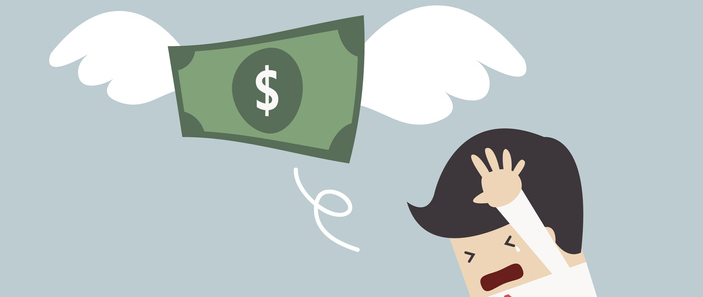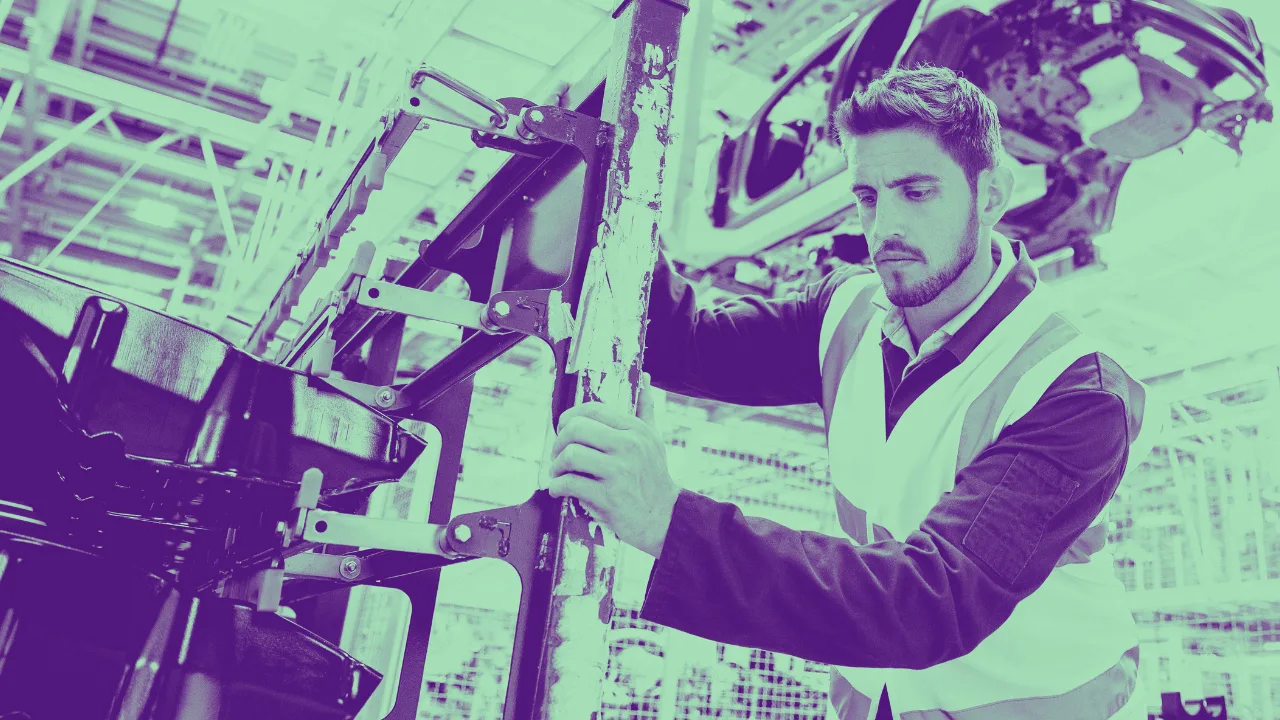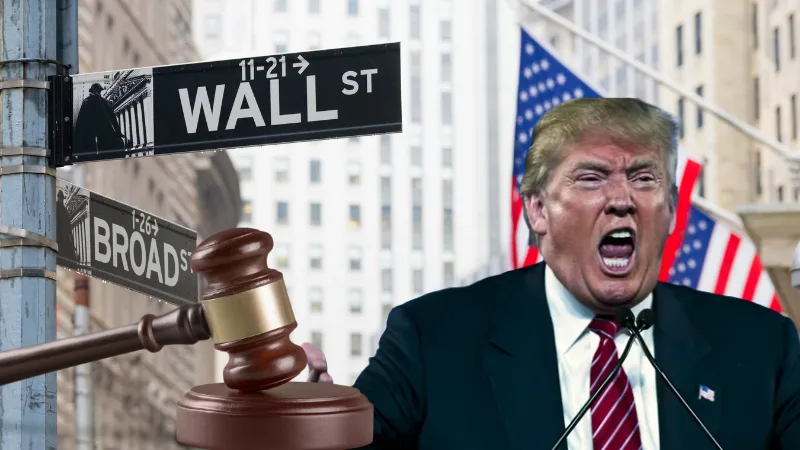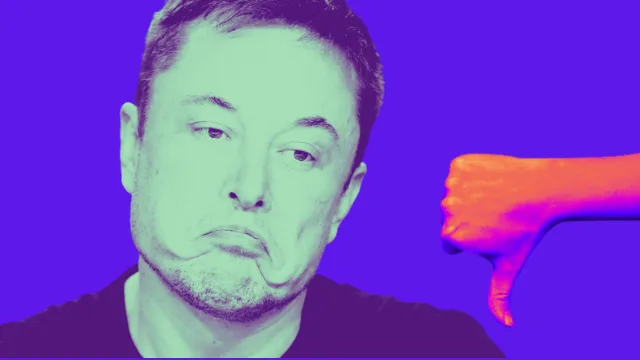The Current Economic Landscape: A Contradictory Picture
The U.S. economy presents a perplexing scenario: inflation is at its lowest in over two years, and unemployment remains under 4%, the most prolonged such period since the 1960s. Despite these seemingly positive indicators, Americans continue to express a pessimistic outlook toward the economy, as revealed by various polls and surveys.
Recent Economic Trends: Inflation and Spending Patterns
Recently, government reports indicated a halt in inflation growth from September to October, suggesting a gradual decline from last year’s peak. Consumer spending, though slightly reduced in October, still supports economic growth. However, a notable survey by The Associated Press-NORC Center for Public Affairs Research found that about 75% of respondents view the economy negatively, with a majority reporting increased personal expenses and stagnant incomes.
Political Challenges and Public Perception
This economic gloom presents a challenge for President Joe Biden, especially as he prepares for his re-election campaign. Despite economic growth, most Americans disapprove of Biden’s economic management, as per various polls.
The Impact of Inflation and Consumer Expectations
Economists point to the lasting effects of the recent inflation surge as a key factor in public discontent. Goods and services remain significantly more expensive compared to pre-pandemic levels. Lisa Cook from the Federal Reserve highlights that Americans seek not just slowing inflation but a return to pre-pandemic prices. Essentials like groceries and utilities continue to remind consumers of the price hikes.
Wages vs. Inflation: The Real Income Dilemma
The ideal economic situation involves wages rising faster than prices, ensuring that consumers’ purchasing power is not eroded. However, real income growth has been minimal, with median weekly earnings barely increasing when adjusted for inflation. This stagnation has left many, like Katherine Charles, a single mother from Tampa, struggling with higher living costs and insufficient wage growth.
Labor Responses and the Quest for Fair Wages
The strain of rising costs has sparked labor actions, including strikes for better wages and affordable healthcare, as seen in Katherine Charles’s participation in a strike against her employer, Maximus. Despite company claims of employee satisfaction, the reality for many workers like Charles is a struggle with high living expenses and healthcare costs.
Political Partisanship and Economic Views
Political affiliation also plays a role in economic perceptions. Studies suggest that political opposition to the current administration correlates with negative economic views.
The Disparity in Economic Experience
While national economic data shows resilience, it does not fully reflect individual experiences, with many not seeing their wages keep up with rising costs. This disparity is more pronounced among lower-income groups, who, despite receiving higher percentage wage gains, face a disproportionate impact from inflation due to their spending patterns.
Psychological Impact of Inflation
Research suggests that people disproportionately dislike inflation, often fearing that their income will not match rising prices. This sentiment persists even if wages do keep pace, partly because salary increases may lag behind price hikes.
Conclusion: A Complex Economic Reality
In summary, the U.S. economic landscape is marked by contrasting indicators. While macroeconomic data shows positive trends, individual experiences vary significantly, with many Americans feeling the pinch of high living costs, insufficient wage growth, and the psychological burden of inflation. This complex picture underlies the widespread economic pessimism despite statistical improvements in inflation and employment.





